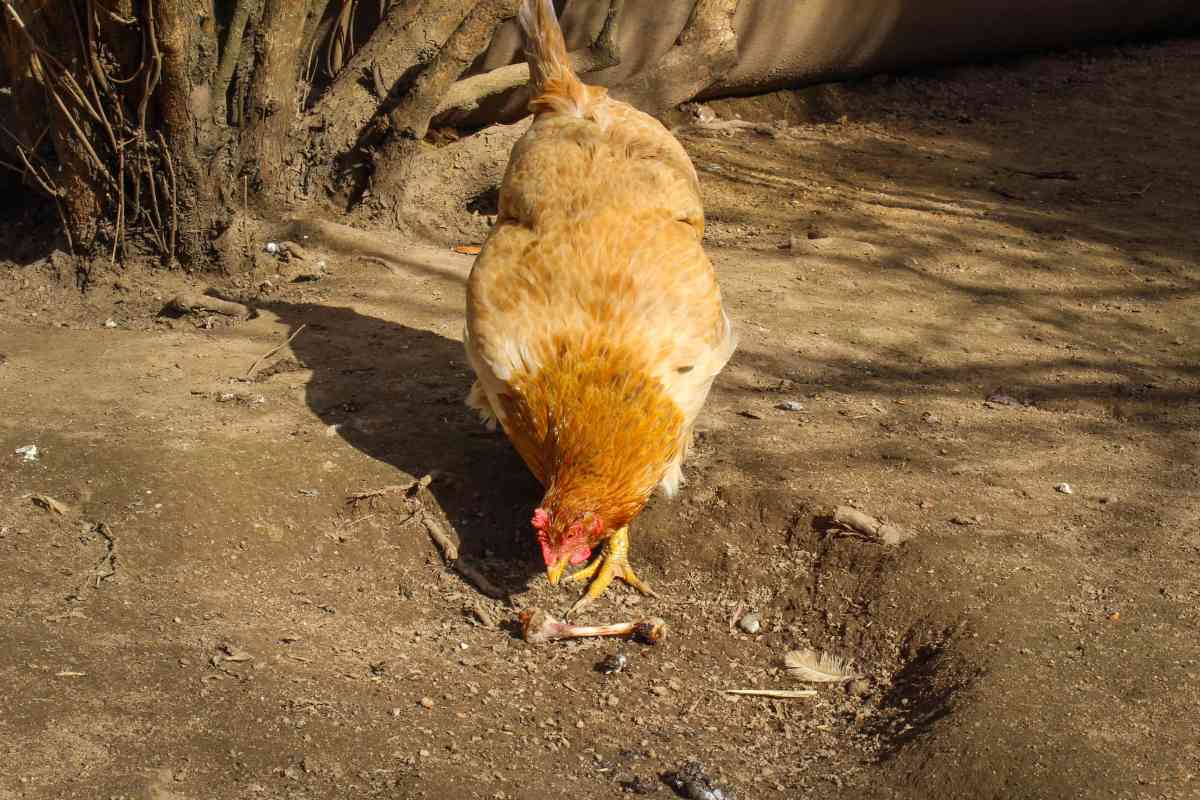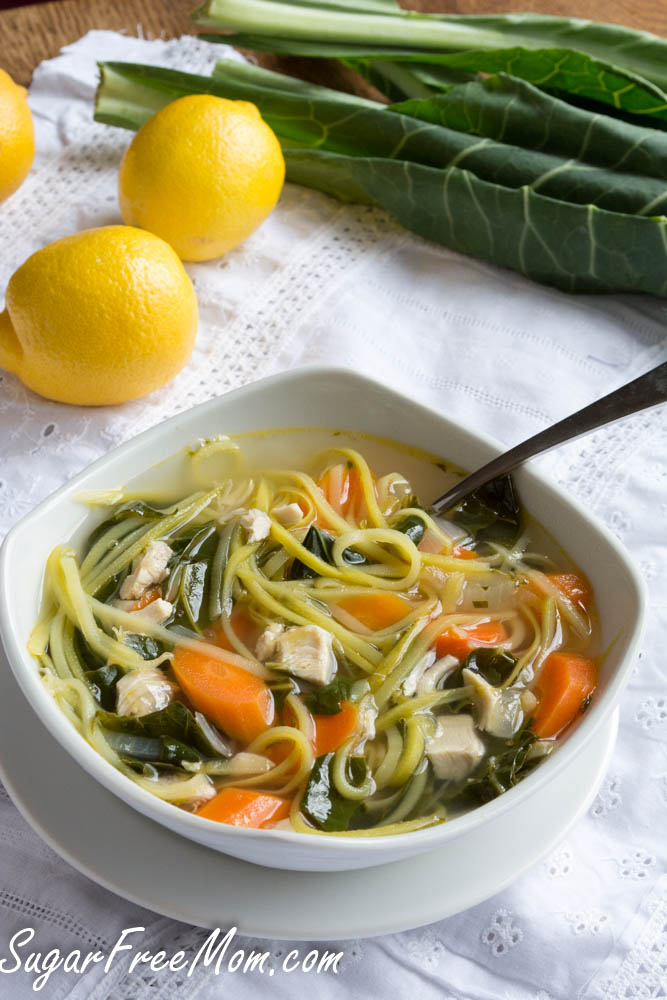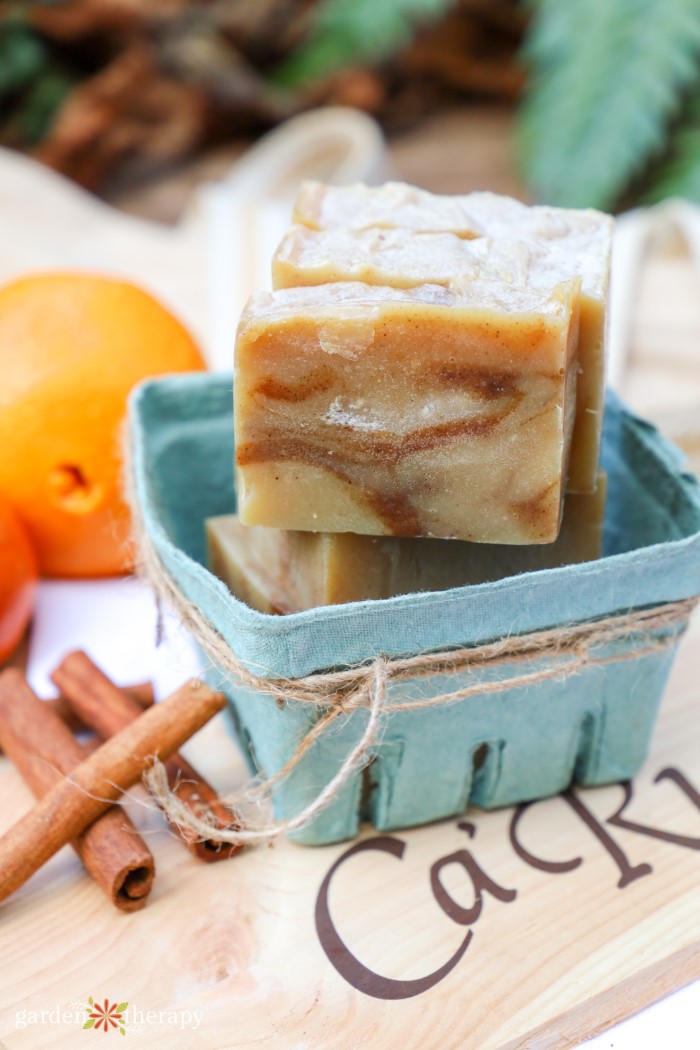Raising chickens can be a rewarding experience, but with rising feed prices, it can become increasingly difficult to care for chickens without stretching your budget.
Many people choose to buy feed from the store, but that’s not always the most sustainable or affordable option.
From using kitchen scraps and leftovers to feeding them in your garden or yard, there are endless opportunities to provide your flock with a healthy and varied diet without spending extra money.
Additionally, adopting these methods can reduce waste, support sustainability, and create more self-sufficient farms.
With a little planning and creativity, you can find many different ways to feed your chickens that are cost-effective and environmentally friendly.
Whether you’re new to raising chickens or an experienced backyard farmer, finding free or low-cost food sources can make a big difference.
Let’s take a look at some simple and effective ways to feed your chickens without relying solely on expensive commercial feeds.
Advantages of making your own chicken feed

Making your own chicken feed can save you money by sourcing affordable local ingredients or bulk ingredients.
This can significantly reduce the cost of purchasing commercial feed, especially for large herds.
Homemade feed allows you to tailor the diet to your chickens’ specific nutritional needs. Ingredients can be adjusted to improve egg production, promote growth, or support overall health.
Preparing chicken feed at home allows you to utilize waste materials such as food scraps, garden leftovers, and grain from local farms, reducing waste and promoting sustainable living.
By controlling ingredients, you can ensure that your feed is free of additives, preservatives, and fillers commonly found in commercial feeds, resulting in healthier, more productive chickens.
The best way to feed chickens without buying feed
The best way to feed your chickens without buying feed is to let them roam and find their own food, such as insects, seeds, and plants. It’s free, healthy and will keep your chickens happy and active.
1. Free range feeding
Free range is one of the most affordable and natural ways to feed chickens. During warmer months, flocks are allowed to roam freely and forage for their own food.
Chickens are good at finding bugs, seeds, worms, and berries, all of which provide a balanced and healthy diet.
If you have open space, such as a backyard or a small meadow, your chickens will explore and grow there.
If you have a small space, a chicken tractor or portable fence is the best option. Move the enclosure every few days to give them access to fresh grass and insects.
When free-ranging, it is essential to consider protection from predators. Secure fencing and guard dogs can help keep your flock safe while they enjoy natural foraging.
With a little planning, free range allows you to keep your chickens active while providing them with free, nutritious food.


2. Kitchen scraps
Food waste is one of the easiest and most sustainable ways to supplement your chickens’ diet.
Chickens love leftovers like vegetable peels, pasta, stale bread, fruit cores, and even wilted vegetables.
These scraps not only reduce food waste at home, but also add variety to the herd’s diet. Chickens especially prefer soft, easily digestible foods, such as rice and ripe fruit.
However, it is important to avoid feeding your chickens foods that could be harmful to them, such as raw beans, chocolate, or anything that is highly processed or has mold on it.
By sharing leftovers wisely, you can reduce waste, save on feed costs, and keep your flock happy and healthy.
Check this out: How to make your chicken coop smell better?
3. Compost and garden waste


Compost piles can also be used as a free and nutritious food source for your chickens. Chickens love to scratch in the compost, looking for vegetable peels, fruit cores, and other organic matter.
Turning the compost regularly reveals bugs, worms, and other critters that provide a natural source of protein for your flock.
In addition to compost, garden waste is also a great option. Any fresh herbs, cut leaves, or plant scraps from harvest can be tossed to the chickens.
Chickens can eat what they like and leave the rest to put back into the compost pile. This approach not only provides free food, but also helps recycle nutrients back into the homestead system.
Also read: How to get rid of red mites and lice naturally?
4. Searching for food for earthworms and insects


Encouraging your chickens to forage for bugs and insects is an effective and natural way to provide protein to your chickens.
Chickens are natural hunters and will eagerly rummage through soil, leaves, and compost to find insects.
To help pests, place a board, carpet, or even damp cardboard in your garden and move it after a few days to find the bugs underneath.
If you have a garden, turning over the soil or compost pile will bring out lots of bugs and insects to swarm.
Another option is to raise mealworms at home, which are easy to maintain and provide a consistent source of protein. Eating food not only keeps your chickens active and happy, but also helps improve their overall health.
5. Farm or food waste
Farm stands, farmers markets, and grocery stores often throw away produce that isn’t fresh enough to sell, but is perfectly fine for animals.
Ask your local produce manager or farm stand owner to collect these “imperfect” fruits and vegetables for free or at a low cost.
This strategy benefits both parties. Reduce store and farm waste and provide a variety of nutritious feed for your chickens. Some stores may already have agreements with local farmers, but many will be happy to share with you if you ask.
These waste products, such as bruised apples, wilted vegetables, and overripe melons, can be a valuable and cost-effective resource for your herd.
6. Homemade and prepared foods
Cooking for chickens is a rewarding way to provide a warm and nutritious meal, especially during the colder months.
Chickens prefer simple, low-cost foods such as oatmeal, scrambled eggs, cooked rice, and vegetable soup. These homemade meals are not only affordable, but also packed with nutrients that support health and egg production.
Plus, you can reuse food that doesn’t meet your expectations, like burnt muffins, stale cereal, and failed breads.
Avoid overly salty, sugary, or spicy foods as they can be harmful to your chickens. By using leftovers and simple ingredients, you can provide your flock with homemade treats to supplement their diet while reducing waste.
7. Additional protein sources
Protein is essential for healthy chickens, especially during the laying and molting seasons. In addition to traditional protein sources, you can also consider unconventional protein options such as miniature mice and mealworms.
Chickens are omnivorous and eagerly eat live prey such as mice. They can be captured using bucket traps.
Mealworms are also a good source of protein and are easy to raise at home. If you have a small container and food, you can keep a continuous supply of mealworms to your swarm.
Other natural options include crickets, grasshoppers, and even small fish remains. Diversifying your protein intake will help your chickens stay strong, healthy, and productive.


conclusion
Feeding chickens without relying on commercial feed is not only budget-friendly, but also a more sustainable and rewarding way to care for your flock.
By using food scraps, compost, and garden waste to feed your chickens, you can provide them with a diverse, natural diet that will keep them healthy and happy.
By exploring additional resources like farm waste, homemade meals, and protein-rich options like mealworms, you can ensure you’re getting the nutrients you need year-round.
With a little creativity and effort, you can significantly reduce feed costs while making the most of the resources already available.
Whether you have a large mansion or a small backyard, these methods will help you build a more self-sufficient and environmentally friendly lifestyle. In return, chickens will give you fresh eggs, healthy meat, and a thriving flock.


Khaja Moinuddin, a computer science graduate, enjoys gardening and homesteading. Join us on this blog where he shares his homegrown, gardening, and composting experiences.





